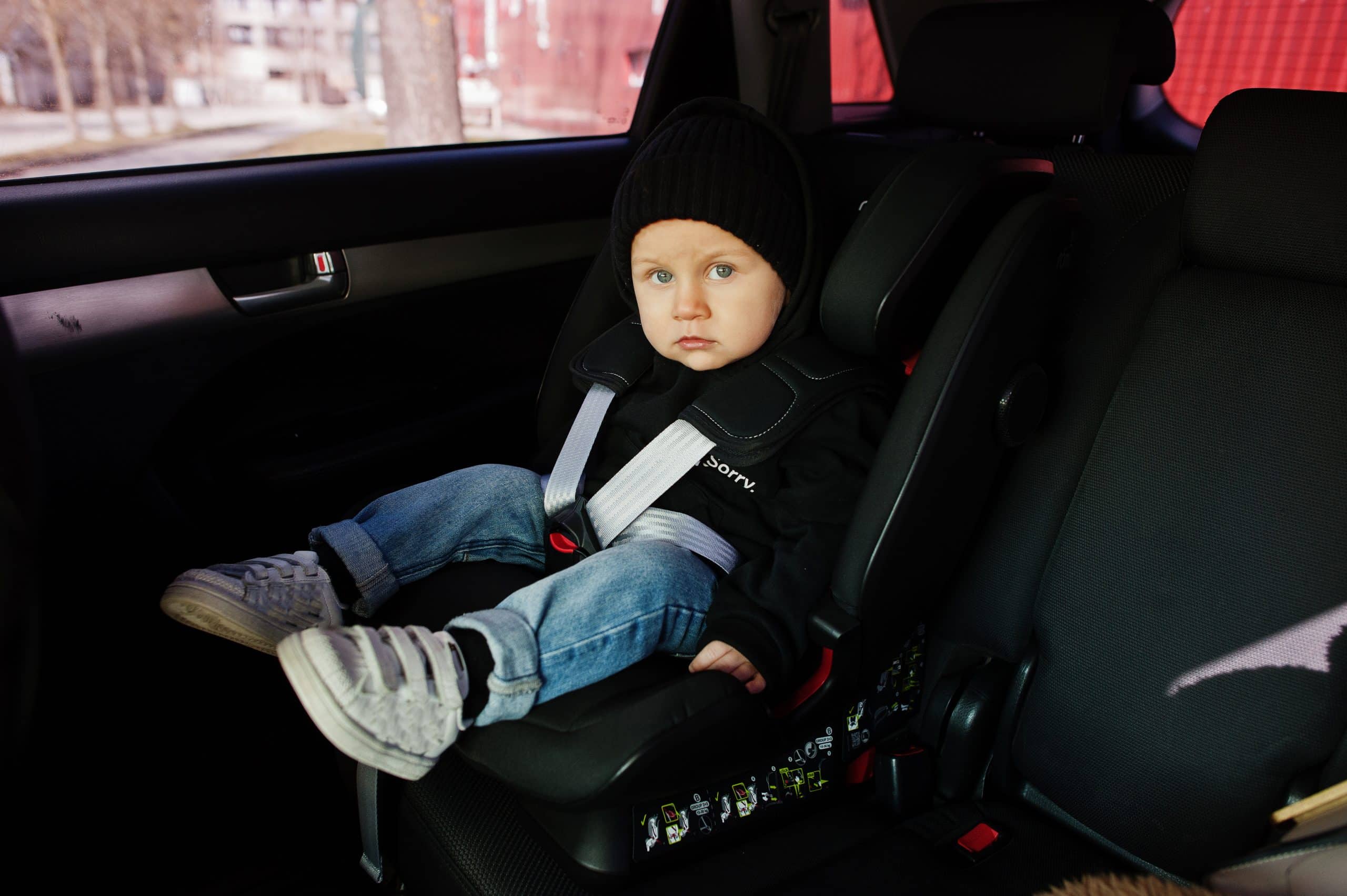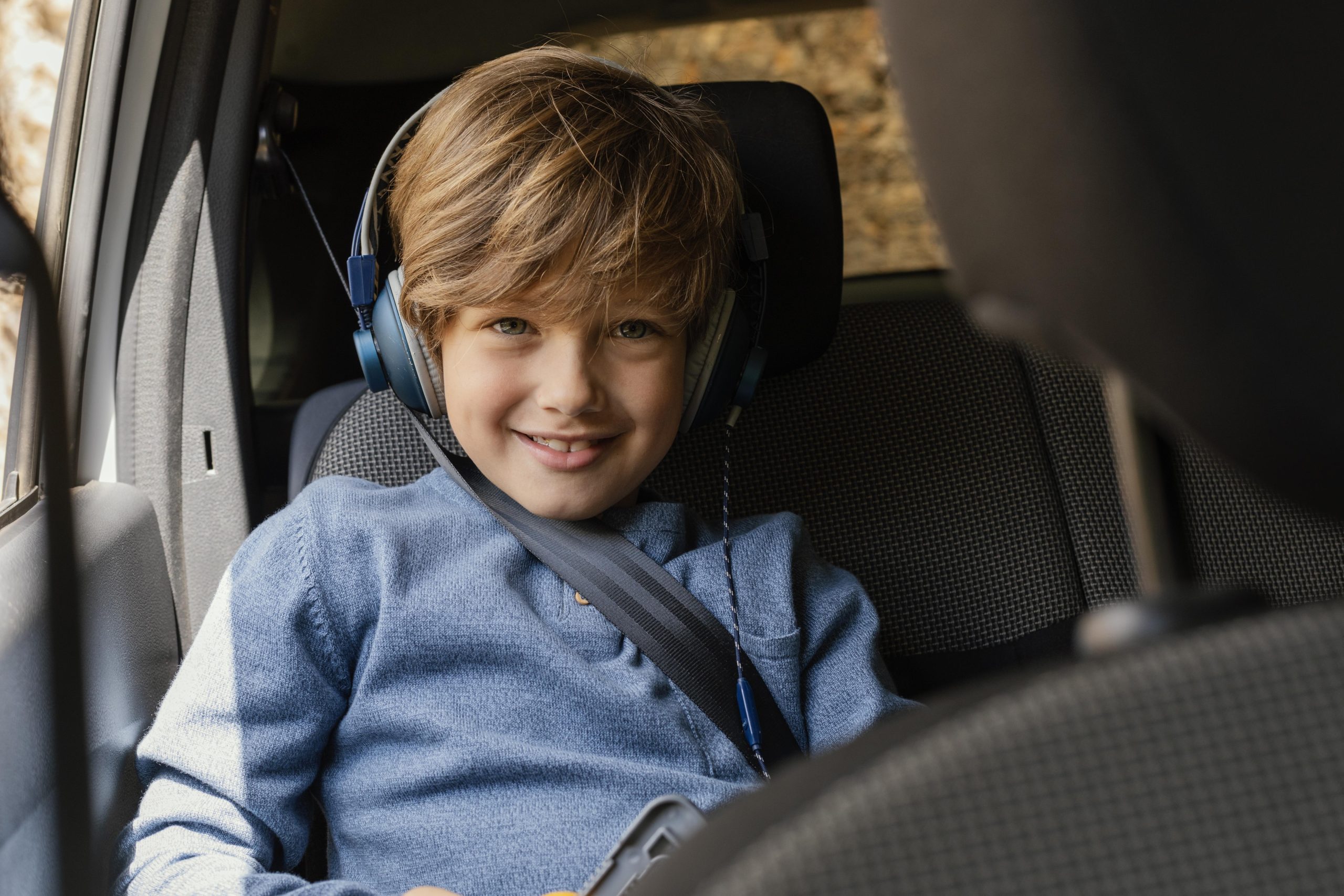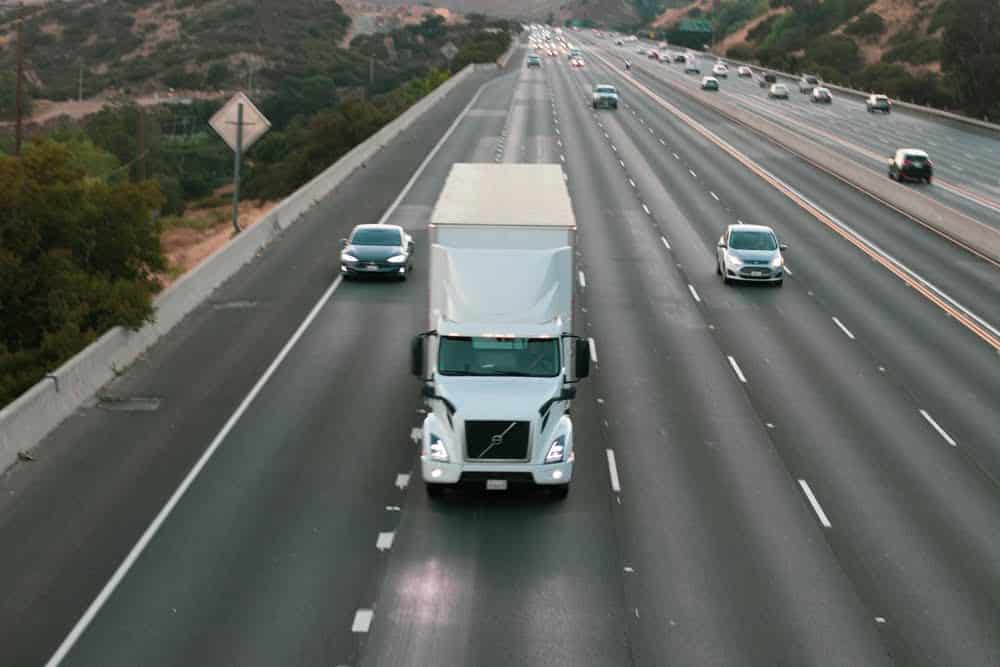As parents, ensuring the safety of our children is of paramount importance. When it comes to traveling in vehicles, child safety seats play a vital role in protecting our little ones. But with the different age, height, and weight requirements in different states, it can be challenging to know what guidelines to follow.
In this comprehensive guide, we will specifically focus on the regulations for child safety seats in Texas and Oklahoma. From understanding the proper age at which to transition from one type of car seat to another, to determining the appropriate height and weight limits for each stage, we have you covered.
We will explore the specific requirements set forth by these states, providing you with the necessary information to keep your child safe and compliant with the law. Whether you’re a new parent or simply curious about the latest regulations, this guide will equip you with the knowledge you need to make informed decisions when it comes to child safety seats in Texas and Oklahoma. So, buckle up, and let’s dive in!
Importance of Child Safety Seats
Child safety seats are designed to protect children in the event of a car accident. They provide crucial support and restraint, minimizing the risk of injury and saving lives. According to the National Highway Traffic Safety Administration (NHTSA), using an appropriate child safety seat can reduce the risk of fatal injury by up to 71% for infants and 54% for toddlers.
It is important to understand that adult seat belts are not designed to fit children properly. Without a child safety seat, the seat belt may not adequately restrain the child in the event of a crash, potentially causing severe injuries. Child safety seats are specifically designed to meet the unique needs and proportions of young children, ensuring maximum protection.
Understanding Age, Height, and Weight Requirements
Child safety seats are categorized based on the child’s age, height, and weight. It is crucial to understand these requirements to ensure your child is in the appropriate seat for their safety. Let’s delve into the specific age, height, and weight guidelines for child safety seats in Texas and Oklahoma.

Child Safety Seat Laws in Texas
In Texas, child safety seat laws are in place to protect children up to the age of 8 or until they reach a height of 4 feet 9 inches, whichever comes first. The requirements are as follows:
- Infants under the age of 2 or those who weigh less than 30 pounds must be secured in a rear-facing child safety seat in the back seat of the vehicle. It is recommended to keep children in rear-facing seats for as long as possible, as they provide the highest level of protection.
- Children aged 2 to 4 years and weighing between 30 and 40 pounds should be secured in a forward-facing child safety seat with a harness. This seat should also be placed in the back seat of the vehicle.
- Children aged 4 to 8 years, who are shorter than 4 feet 9 inches and weigh between 40 and 79 pounds, must be secured in a booster seat. The booster seat should be used with a lap and shoulder seat belt in the back seat of the vehicle.
- Once a child reaches the age of 8 or reaches a height of 4 feet 9 inches, they can use the vehicle’s seat belt system. However, it is recommended to continue using a booster seat until the seat belt fits properly, typically around the age of 12.
It is important to note that these requirements are minimum standards, and it is encouraged to keep children in each respective seat for as long as possible, based on their height and weight.
Child Safety Seat Laws in Oklahoma
In Oklahoma, child safety seat laws are similar to those in Texas, with minor variations. The requirements in Oklahoma are as follows:
- Infants under the age of 2 or weighing less than 20 pounds must be secured in a rear-facing child safety seat in the back seat of the vehicle. It is highly recommended to keep children in rear-facing seats for as long as possible.
- Children aged 2 to 4 years and weighing between 20 and 40 pounds should be secured in a forward-facing child safety seat with a harness. This seat should also be placed in the back seat of the vehicle.
- Children aged 4 to 8 years, who are shorter than 4 feet 9 inches and weigh between 40 and 80 pounds, must be secured in a booster seat. The booster seat should be used with a lap and shoulder seat belt in the back seat of the vehicle.
- Once a child reaches the age of 8 or reaches a height of 4 feet 9 inches, they can use the vehicle’s seat belt system. However, it is recommended to continue using a booster seat until the seat belt fits properly, typically around the age of 12.
As with Texas, it is important to remember that these are minimum requirements, and it is best to keep children in each respective seat for as long as possible, based on their height and weight.
Types of Child Safety Seats
Child safety seats come in various types, each suitable for different stages of a child’s growth and development. Understanding the different types will help you choose the appropriate seat for your child. Let’s explore the three main types of child safety seats.
Rear-Facing Child Safety Seats
Rear-facing child safety seats are designed for infants and young children. These seats provide optimal protection for their fragile bodies by distributing the crash forces over the child’s entire back, neck, and head. They are crucial for protecting the vulnerable neck and spinal cord of infants.
Rear-facing seats are typically used from birth until the child reaches the maximum weight or height limit specified by the seat manufacturer. It is recommended to keep children in rear-facing seats for as long as possible, as they offer the highest level of protection.
Forward-Facing Child Safety Seats
Forward-facing child safety seats are suitable for older infants and young children who have outgrown their rear-facing seats. These seats come with a harness system to secure the child and provide protection in the event of a crash.
Similar to rear-facing seats, forward-facing seats have weight and height limits specified by the seat manufacturer. It is important to transition to a forward-facing seat only when the child has outgrown the rear-facing seat, according to the manufacturer’s guidelines.
Booster Seats
Booster seats are designed for older children who have outgrown their forward-facing seats but are not yet tall enough to use the vehicle’s seat belt system alone. These seats elevate the child, ensuring that the seat belt fits properly across their chest and shoulder, rather than cutting into their neck or abdomen.
Booster seats come in two types: high-back boosters and backless boosters. High-back boosters provide additional head and neck support, making them suitable for vehicles without headrests. Backless boosters are more compact and can be easily transported between vehicles.

Installing and Using Child Safety Seats Correctly
Proper installation and usage of child safety seats are crucial to their effectiveness. Here are some important tips to ensure your child’s safety:
- Read the manufacturer’s instructions: Each child safety seat has specific guidelines for installation and usage. It is essential to carefully read and follow these instructions to ensure proper installation.
- Choose the right seat for your child: Select a seat that is appropriate for your child’s age, height, and weight. Remember to transition to the next stage of seat as your child grows.
- Install the seat correctly: Follow the installation instructions provided by the manufacturer. Ensure that the seat is securely fastened and does not move more than one inch in any direction.
- Position the seat in the back seat: The safest place for a child safety seat is in the back seat of the vehicle. Avoid placing the seat in the front seat, especially if the vehicle has an active airbag system.
- Buckle your child correctly: Make sure the harness or seat belt is properly secured around your child. The straps should be snug and lie flat without twists. The chest clip should be positioned at armpit level.
- Regularly check the seat’s fit: As your child grows, regularly check if the child safety seat still fits properly. Adjust the harness or seat belt accordingly.
- Register your seat: Register your child safety seat with the manufacturer to receive important safety updates or recalls.
By following these guidelines, you can ensure that your child is protected to the best of your ability while traveling in a vehicle.

Conclusion and Additional Resources
Child safety seats are essential for protecting our children while traveling in vehicles. Understanding the age, height, and weight requirements for each stage of a child’s growth is crucial to ensure their safety. In Texas and Oklahoma, specific laws are in place to regulate the use of child safety seats, and it is important to comply with these regulations.
Remember, child safety seats are not a one-size-fits-all solution. Each seat is designed for a specific age and weight range. It is crucial to select the right seat for your child and to install and use it correctly.
For more information on child safety seats and the specific regulations in Texas and Oklahoma, consult the following resources:
- Texas Department of Public Safety – Child Passenger Safety: [link]
- Oklahoma Highway Safety Office – Child Passenger Safety: [link]
By being informed and following the guidelines outlined in this comprehensive guide, you can ensure the safety and well-being of your child while traveling on the roads of Texas and Oklahoma. Always prioritize their safety, because every journey should begin and end with their protection. Stay safe!












